A common tool used across the board in workplaces and home environments is the safety knife. But don’t be fooled by the name. Just because it’s described as a “safety knife” doesn’t mean it’s the best safety knife for your project. There are a variety of these knives on the market designed for different purposes, yet they don’t all have the required features to make them safe. We’ll look at some of those features later in the article.
There was a time when the mention of safety knives in the workplace brought to mind industrial, construction, and warehouses. That scope has expanded to many business environments such as healthcare, internet technology, restaurants, schools, and administrative offices. By law, whether a small business or a large corporation, should have safety policies and procedures in place for using these kinds of tools. Proper use of safety knives in the workplace prevents serious injuries from happening and the costs that go with them.
What Is a Safety Knife?
A safety knife consists of a blade and handles designed to decrease the risk of a user suffering a serious injury while cutting house plants or other things. It also helps keep products safe from damage when their containers are opened. The three most popular systems you’ll find on a safety knife are an automatic blade retraction system, concealed blade, or a fully automatic blade system.
The Concealed Blade
The blade on this knife is concealed so the user is protected from the cutting edge. These knives often feature a slider that the user pushes into place when they want the knife to cut. This knife is considered to provide the greatest protection as only a small part of the blade is released when cutting. It’s designed so the small part of the released blade doesn’t come in contact with the user’s fingers.
Fully Automatic Blade Retraction System
This blade is ideal for preventing cuts and lacerations. It’s designed to automatically retract once the user removes the blade from the cutting surface. If you are distracted or interrupted while cutting, the chance of you inadvertently slicing your finger is slim.
Automatic Blade Retraction System
The automatic retracting blade features a spring tension that automatically retracts the blade back into its covering as soon as the user’s fingers are released from the slider. This not only provides protection for the user but for the material being cut.
What Are Safety Knives Used For?
Safety knives can be used in various ways. Below are some common uses for safety knives:
- Cutting plastic
- Food preparation
- Cutting carpet
- Crafts
- Cutting fiberglass
- Cutting corrugated boxes
- Slice packing tape, twine, or cord
- Pruning your beloved Bonsai’s
These are just a few of the ways that safety knives can be used. These tools help employees perform essential jobs with confidence, knowing they have extra-added protection. Even home projects can be tackled with the assurance of minimal risk.
What to Look for When Choosing a Safety Knife
The first thing to do before choosing a safety knife is to have a clear understanding of what you need it for. What will you (or your employees) be cutting? Every knife is not suited for every material.
- Remember the three types of safety knives discussed earlier—concealed, automatic, and fully automatic. These are some of the first features to look for when choosing a quality safety knife. A safe knife should have one of these three features.
- The length of the blade is another feature to look for when selecting a safety knife. There are knives that have longer blade extensions. A shorter blade will help prevent puncturing and stabbing injuries.
- A safety lock is a great idea. It’s an added feature that keeps the blade from being accidentally pushed out of the handle when it’s not being used.
- Ergonomics is very important. If you’re using a safety knife, it should be comfortable and not put your hands in awkward positions. Awkward hand positions can affect the muscles in your hands, especially if they are repeatedly placed in that position for extended time periods. This condition can be just as damaging as a cut, puncture, or laceration.
- Many safety knives come with a blade change system. This system makes changing the blade easier and decreases the risk of injury during the process. It also eliminates the need for additional tools to change the blade.
You can see how some of these features separate safety knives from the crowd. Although safety knives are a safe option when it comes to cutting, they’re not risk-free. They do what they’re meant to do—cut. As with any knife, it’s important to use it properly and be aware of any possible risks. A safety knife might feature all the latest technology. But if it doesn’t cut well, it’s not effective and defeats the purpose.


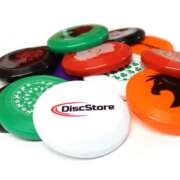
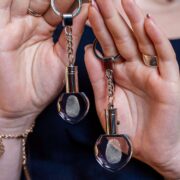
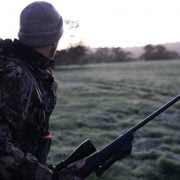
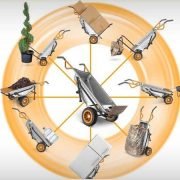

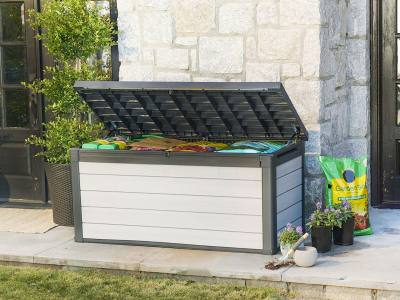
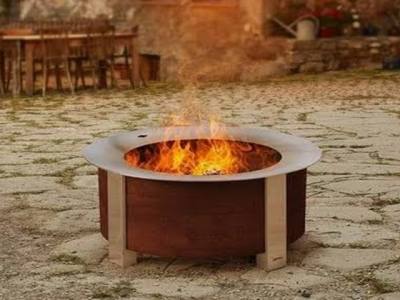
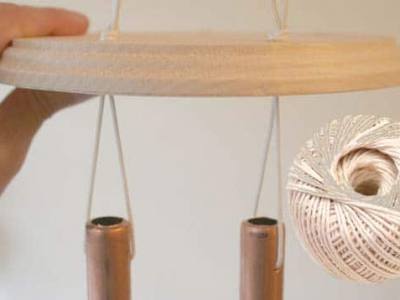
Comments